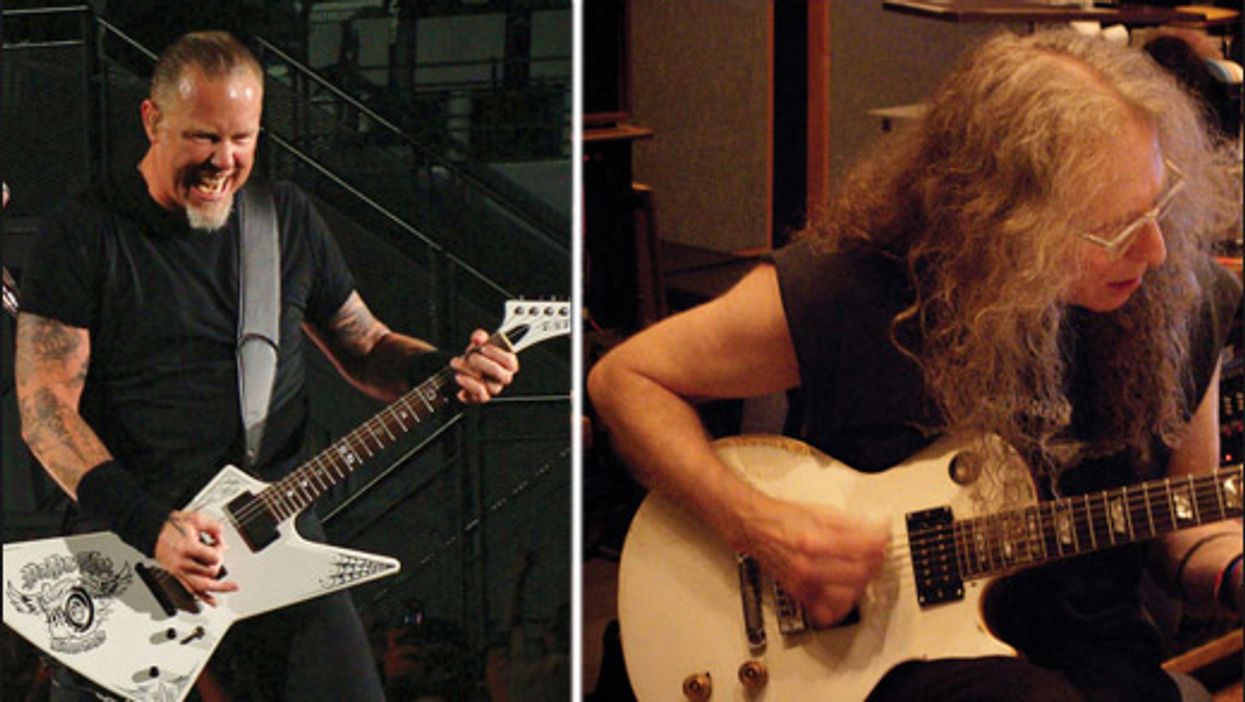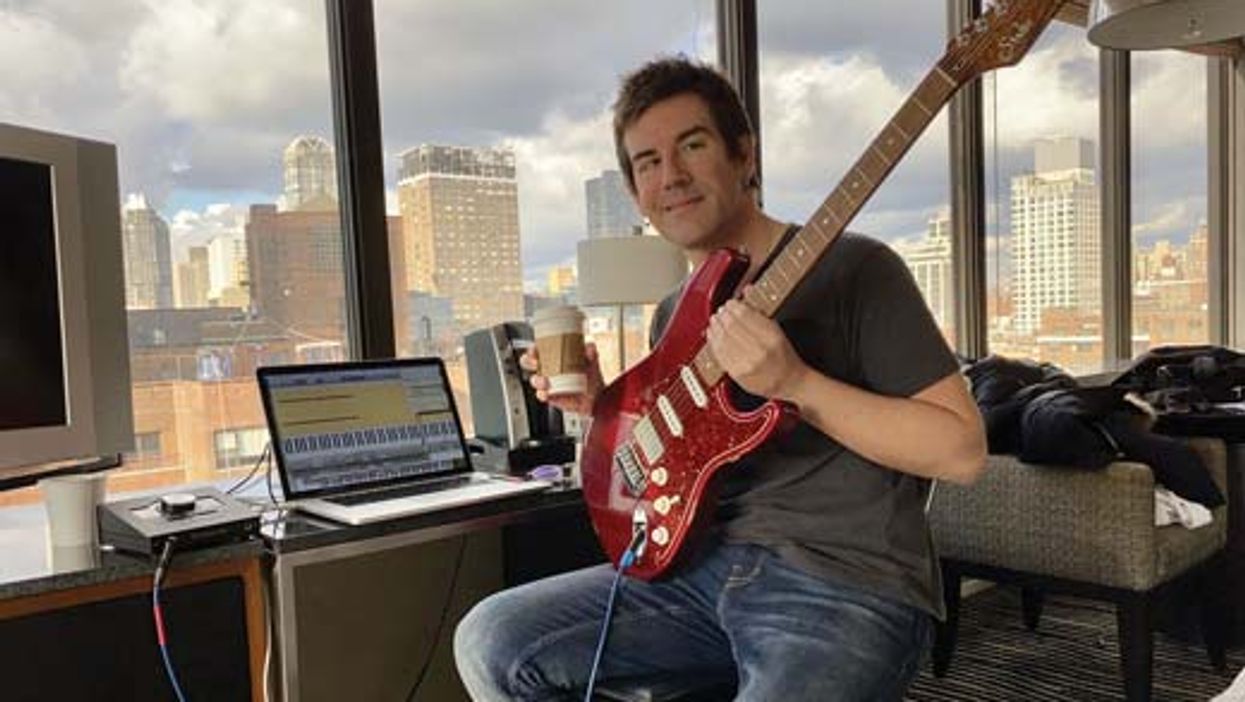I've said it before: We truly live in a golden era of gear, from guitars to amps to modelers. And pedals. So many pedals! As I'm sure you might agree, often it can be tough to figure out which ones to choose for our pedalboards, simply because there really are just so many options—especially if you're trying to limit the size and weight of your 'board. Luckily, there are some terrific options out there when it comes to jack-of-all-trades pedals—ones that'll do many things well and, in some cases, do just about anything. This month, I'd like to talk about a few of my favorite powerhouse, do-it-all pedals.
Keeley DDR.
Keeley recently released this pedal, and it's a super simple, grab-and-go alternative if you need the (arguably) three essential electric-guitar effects: drive, delay, and reverb. It boasts spring- and plate-style reverb, a clean digital or darker analog-style delay voicing, and two different overdrive types—all in a compact housing. Throw it in a guitar case and you'll always be tonally covered for last-minute sessions, the local jam (where you often have to plug into whatever is available), and more. Keeley has a few other cool multi-effects units that cover a ton of bases, such as the Monterey (all the Hendrix-style effects tones in one box), Mod Workstation, and Dark Side Workstation.
Eventide H9.
When I was putting together a new pedalboard around 2014, the H9 had recently been released. I tried it, and pretty much immediately saw the potential of this pedal being able to do almost anything. I had to have not one but two for my new 'board. Every mod, delay, patch shift, and reverb I could possibly imagine could be conjured up in the H9. When it was released, it seemed like it had all the bases covered, but, since then, they've only added more effects algorithms. (A harmonic-tremolo algorithm is the 51st and latest addition.)
The H9 uses an integrated app to load algorithms and edit and update patches, and it's available for Mac, PC, Android, and iOS. The app is sort of a blessing and a curse, because you really need it to do any kind of deep editing of your patches, which means pairing via Bluetooth, opening the app, and clicking/scrolling to the right place to, say, turn up the modulation rate. Having said that, you can choose three parameters per patch to assign to the onboard x, y, z buttons and "hot knob" for instant access on the pedal itself.
Indeed, this could be your main rig for some gigs where you need to travel light.
In my opinion, the most important thing is that the sounds are positively exceptional. A few of my personal favorites include the spring and Blackhole reverbs, which see quite a bit of use, as well as the harmonizer, vintage delay, and rotary speaker settings. Most of the algorithms are a one-at-a-time affair, but there are a few multi-effects ones in case you want something like 'verb and echo at the same time. The bottom line? Highly recommended!
Line 6 HX Stomp.
The HX Stomp is an almost criminally underrated box. It basically stands alone as the only multi-effects pedal I can think of that not only does every effect imaginable (and multiple effects at once), but is also a full-on amp modeler, all in a compact-pedal format. Amps, cabs, distortion, mod, delay, reverb, and special effects: It's all in there. Line 6 is no stranger to packing a ton of power into small footprints, because they've been doing it for decades, but they've never had anything quite as compact and powerful as the HX Stomp.
Let's examine some scenarios: Imagine having one of these units towards the end of your pedalboard-effects chain. There, it could serve as basically anything effects-wise, but maybe you'd mainly be using its, for example, mod, delay, and reverb effects, either in front of an amp or in an effects loop. But if your amp was to ever go down on a gig, you could just plug your pedalboard straight into a DI, right into the PA, and simply add an amp and cab model to your patches. Just like that, your pedalboard becomes your entire rig. Indeed, this could be your main rig for some gigs where you need to travel light. That kind of capability makes it a no brainer for me.
Honorable mentions. I'd be remiss if I didn't mention my trusty Strymon Mobius and its palette of modulation effects. Yes, many of us know it does chorus, flanger, etc. But what I actually like most about it are the weirder, lo-fi filtered, and warped effects it's capable of. The auto wah in particular has come in so handy when I've needed a wah effect, but couldn't be close to my pedalboard.
We are lucky musicians living in this world of such abundance. The tones we can create with these ever-shrinking, yet supremely powerful, boxes can be nothing short of world-class. If you're looking for some new tones to throw in the gig bag or pedalboard case, give these units a test drive.
Until next month, I wish you great tone!
[Updated 8/16/21]




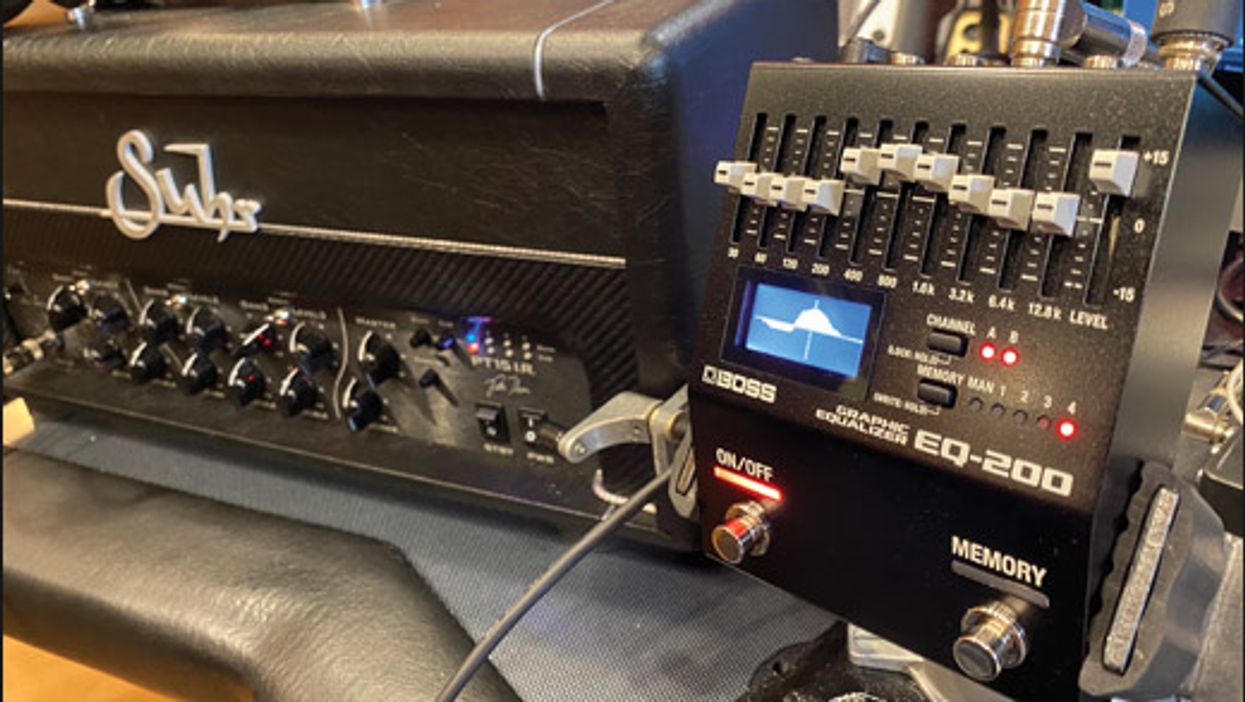
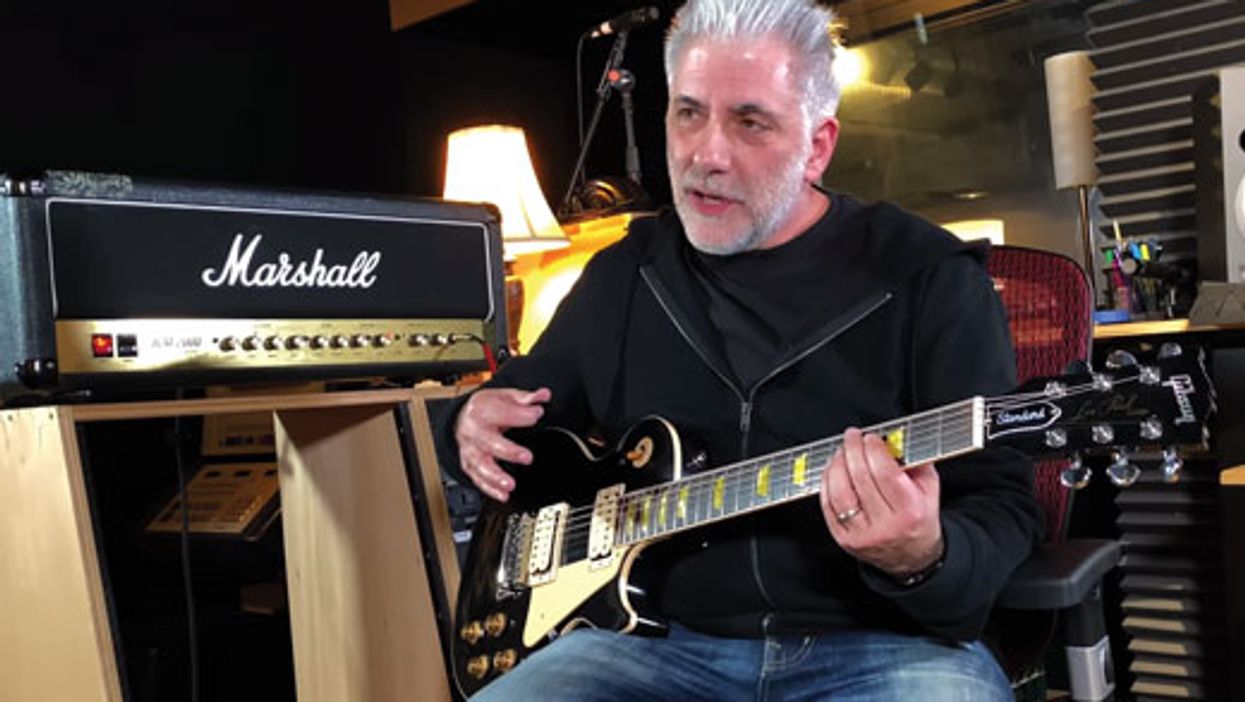
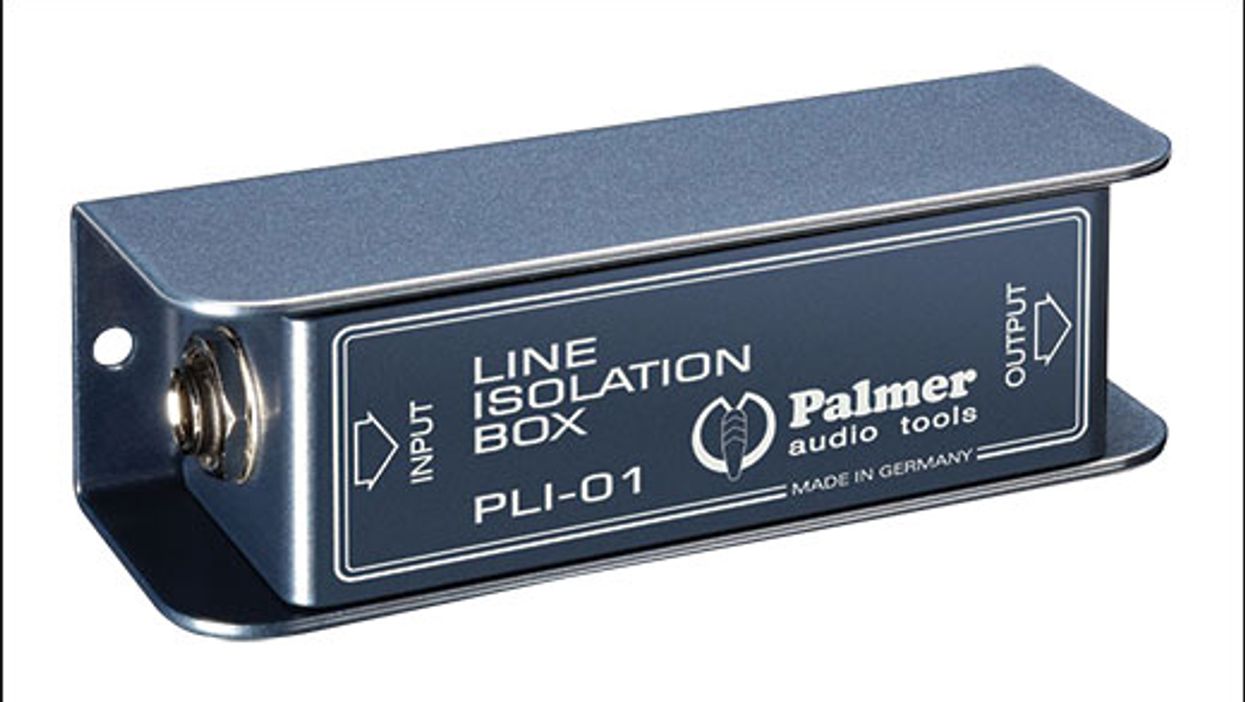
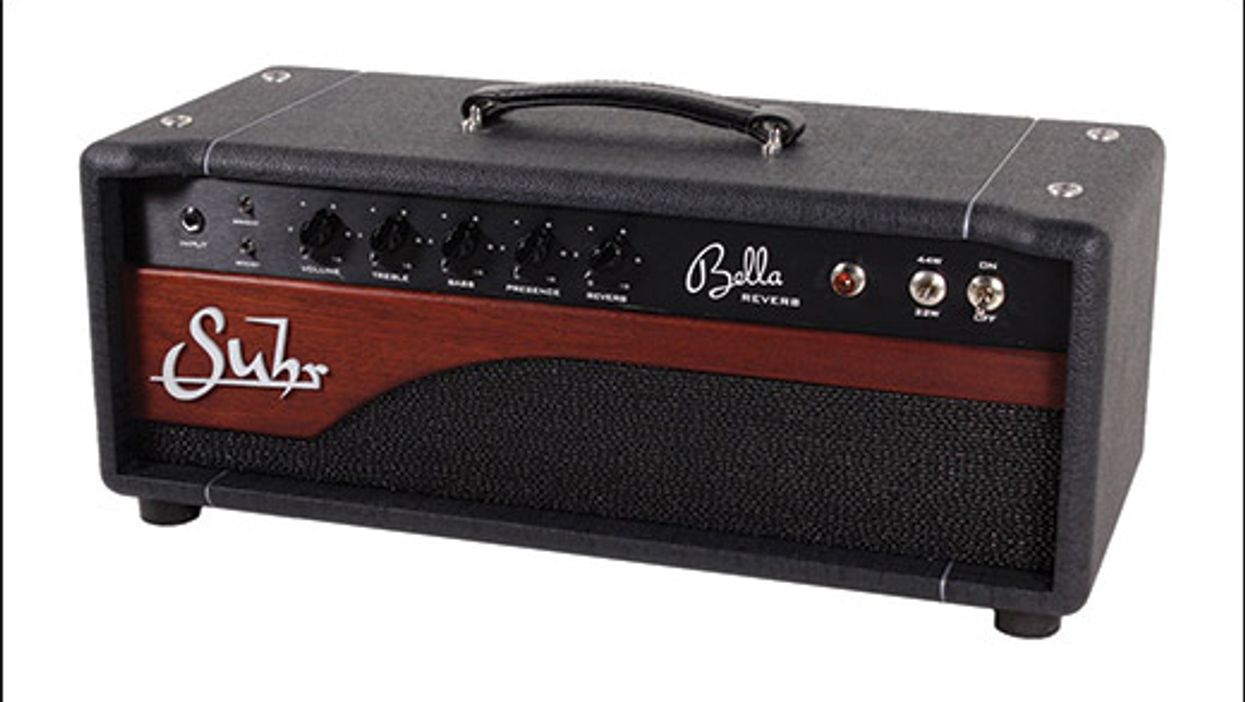




![Rig Rundown: Russian Circles’ Mike Sullivan [2025]](https://www.premierguitar.com/media-library/youtube.jpg?id=62303631&width=1245&height=700&quality=70&coordinates=0%2C0%2C0%2C0)



